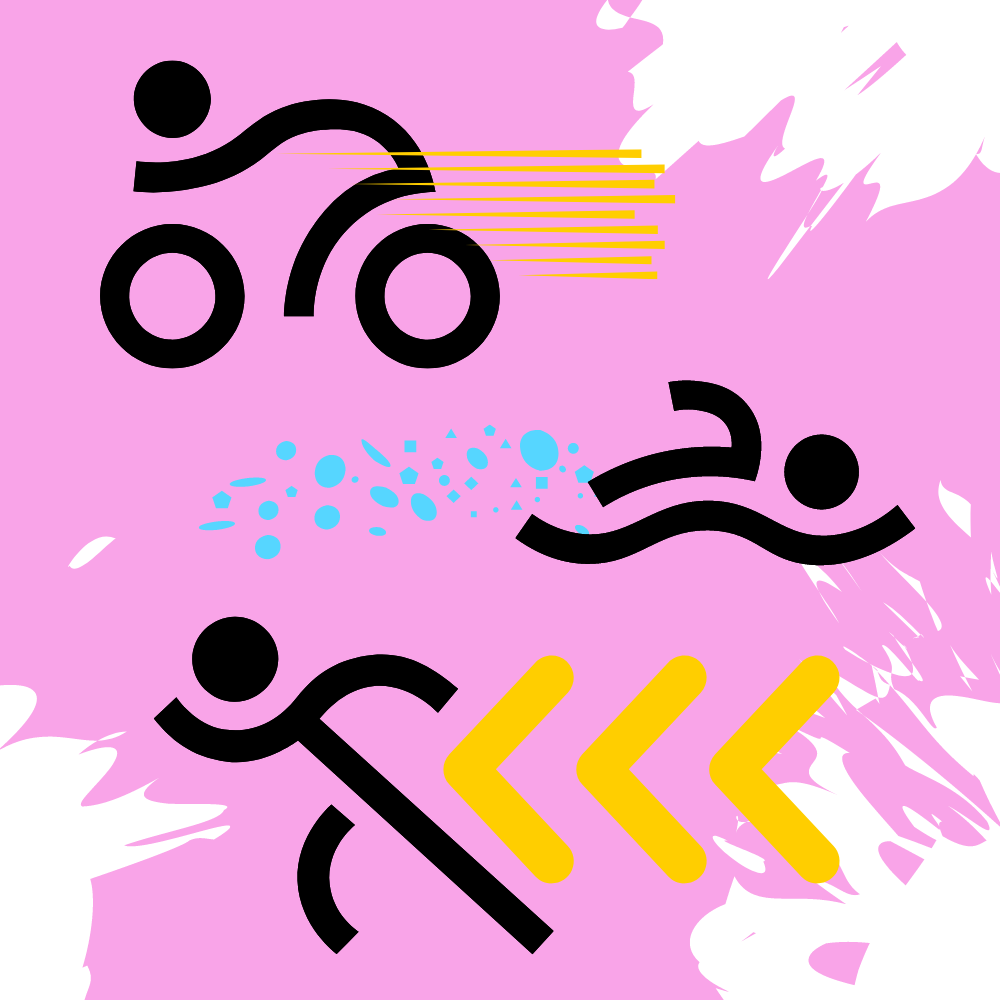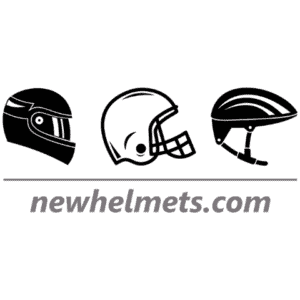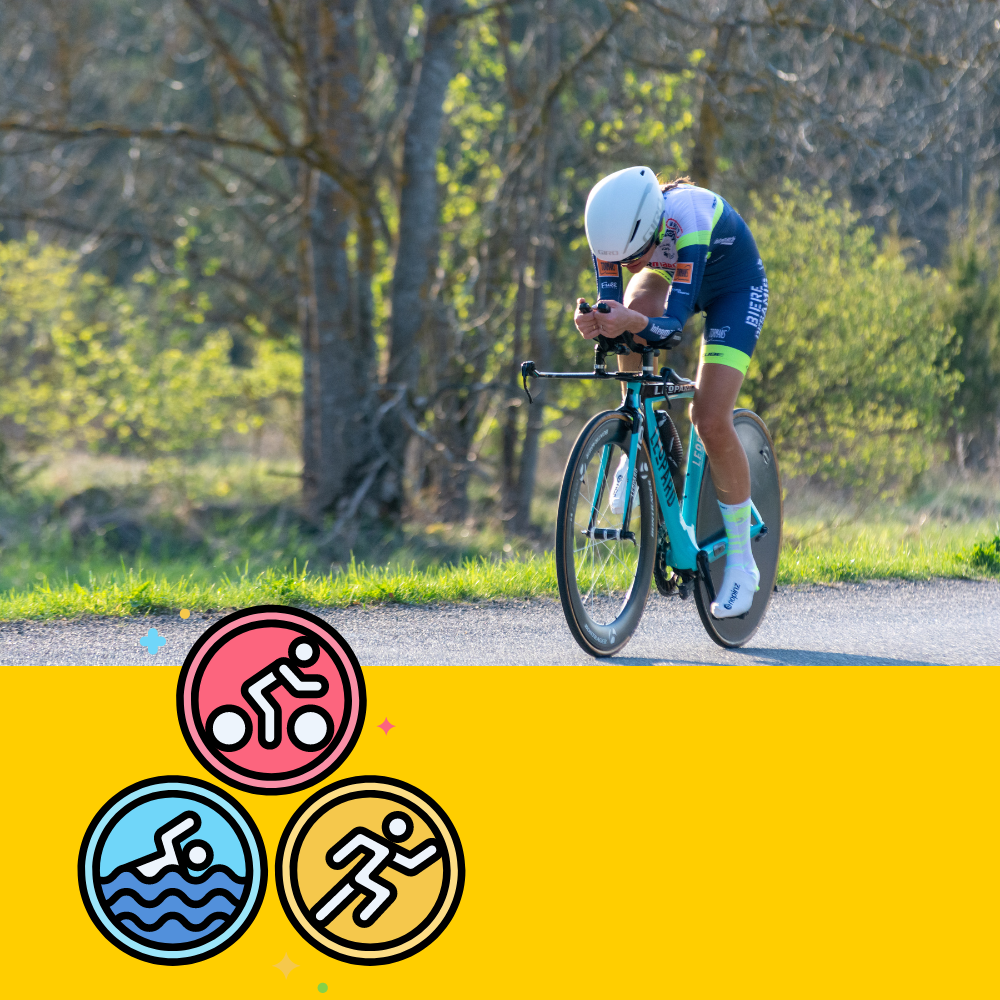Triathlons are exhilarating and physically demanding events that challenge athletes to swim, cycle, and run in succession. As you train and prepare for your next triathlon, one essential piece of gear you should never overlook is a high-quality helmet. Protecting your head during the cycling portion of the race is crucial, not just for your safety but also to comply with the regulations set by British Triathlon. In this article, we will delve into the reasons why wearing a helmet is a non-negotiable aspect of triathlon participation, the specific requirements set forth by British Triathlon, and some valuable safety tips to keep in mind.
Safety First: The Importance of Helmet Use in Triathlons
Safety should always be the top priority for any athlete participating in a triathlon. During the bike leg, riders can reach high speeds and encounter unpredictable conditions, significantly increasing the risk of accidents. Wearing a helmet provides vital protection for your head in the event of a fall or collision, reducing the risk of severe head injuries or concussions.
British Triathlon Helmet Requirements
The British Triathlon is the governing body for triathlon in Great Britain. They have specific requirements and regulations regarding helmets that participants must adhere to during triathlon events to ensure safety and minimize the risk of head injuries.
According to the British Triathlon rules, participants in all triathlon events must wear a helmet that meets specific safety standards and fits adequately. The critical requirements for helmets in triathlons are as follows:
- Safety Standards: Helmets used in triathlons must comply with recognized safety standards. The accepted safety certifications are usually on the helmet’s label or packaging. The most common safety standards include CPSC (Consumer Product Safety Commission), EN (European Norms), and ASTM (American Society for Testing and Materials).
- Proper Fit: The helmet must securely fit on the participant’s head. It should not wobble or shift during movement. A well-fitted helmet is crucial to provide adequate protection in case of impact.
- Secure Fastening: Participants must ensure the helmet is fastened securely and snugly under the chin with the chin strap adequately tightened. This helps prevent the helmet from coming off during the race and ensures it stays in place in the event of a fall.
- No Modifications: Participants should not modify the helmet, which could compromise its safety performance. This includes drilling holes or altering the helmet’s structure in any way.
- Durability: Helmets should be in good condition, free from cracks, dents, or any signs of damage that may affect their protective capabilities. Regularly inspecting and maintaining the helmet is essential to ensure its durability.
- No Helmet Sharing: Each participant must have their own helmet and should not share it with other competitors.
Triathletes need to familiarise themselves with the specific requirements set by the British Triathlon or the governing body of their participating event. Failure to comply with the helmet regulations may lead to disqualification from the race.
By following these helmet requirements, triathletes can focus on their performance while being confident that they have taken appropriate measures to protect their head during the demanding stages of the triathlon. Prioritizing safety ensures a more enjoyable and secure triathlon experience for all participants.

The Essential Features of a Triathlon Helmet
When choosing a helmet for triathlon events, look for specific features that enhance safety and performance. Some essential characteristics include:
Aerodynamics: A sleek, streamlined design helmet can reduce wind resistance, helping you maintain speed and conserve energy during the race.
Ventilation: Ample ventilation is crucial to keep your head cool and comfortable throughout the race, especially on hot and humid days.
Lightweight: Opt for a lightweight helmet that won’t weigh you down during the event, allowing you to perform at your best.
Fit and Adjustability: A well-fitted helmet should sit snugly on your head without wobbling or shifting. Look for helmets with adjustable retention systems to fine-tune the fit for maximum comfort.
Safety Standards: Always choose helmets that comply with safety standards, such as CPSC, EN, and ASTM, to ensure adequate protection during impacts.
Additional Safety Tips for Triathlon Helmet Use
- Try Before You Buy: Ensure you try on several helmet models and brands to find the one that fits you best and is most comfortable for extended use.
- Secure Straps Properly: Always fasten the chin straps securely, ensuring they form a Y-shape under your ears, and adjust the tightness to prevent the helmet from moving during the race.
- Check for Damage: Inspect your helmet regularly for any signs of damage, cracks, or dents, and replace it if it has been involved in a significant impact.
- Replace After a Crash: If your helmet has been involved in a crash, even if it appears undamaged, replace it immediately, as the internal structure may be compromised.
Wearing a helmet during a triathlon is not just a requirement set by British Triathlon; it is a crucial aspect of ensuring your safety throughout the bike leg of the race. Investing in a high-quality triathlon helmet that fits well and complies with safety standards can significantly reduce the risk of head injuries and enhance your performance. Prioritise safety, comply with British Triathlon regulations and enjoy the thrill of triathlon events, knowing that a reliable helmet protects your head.


